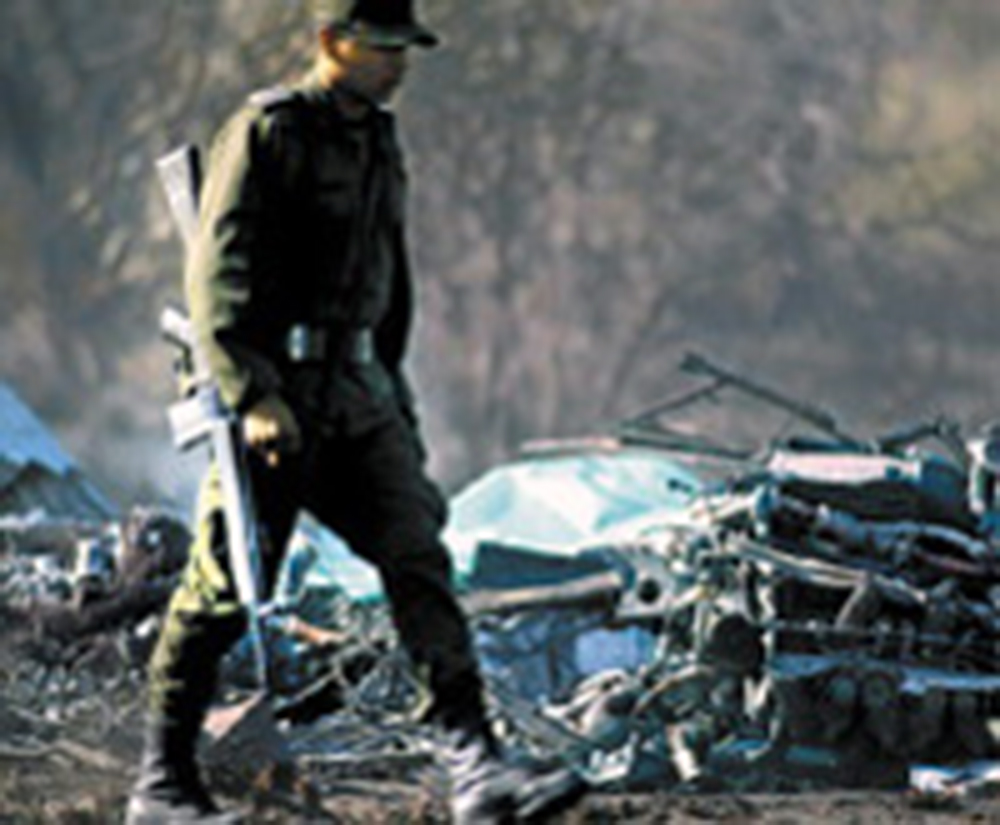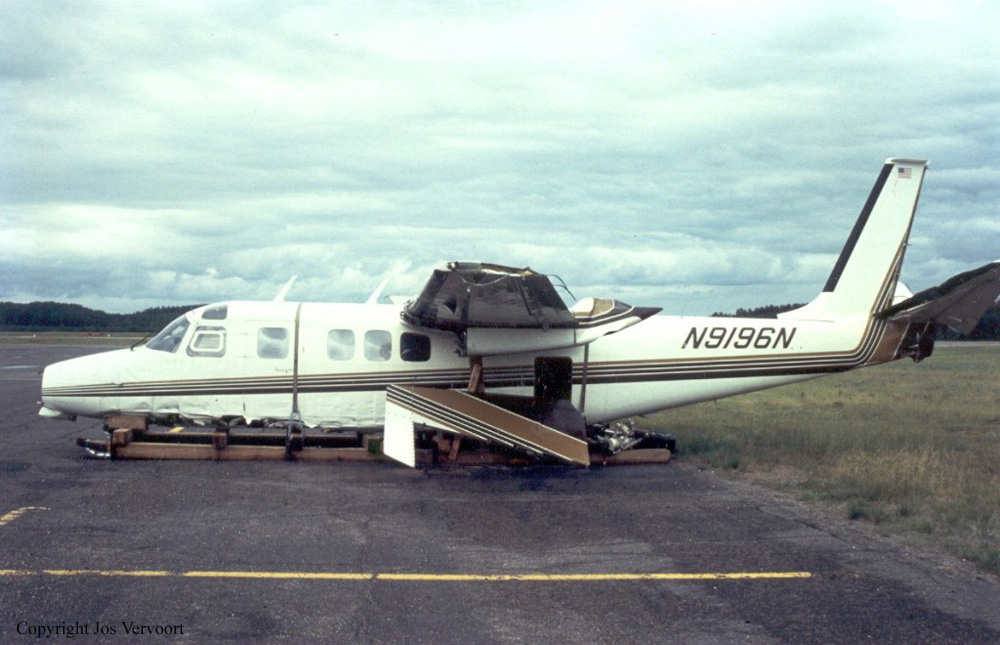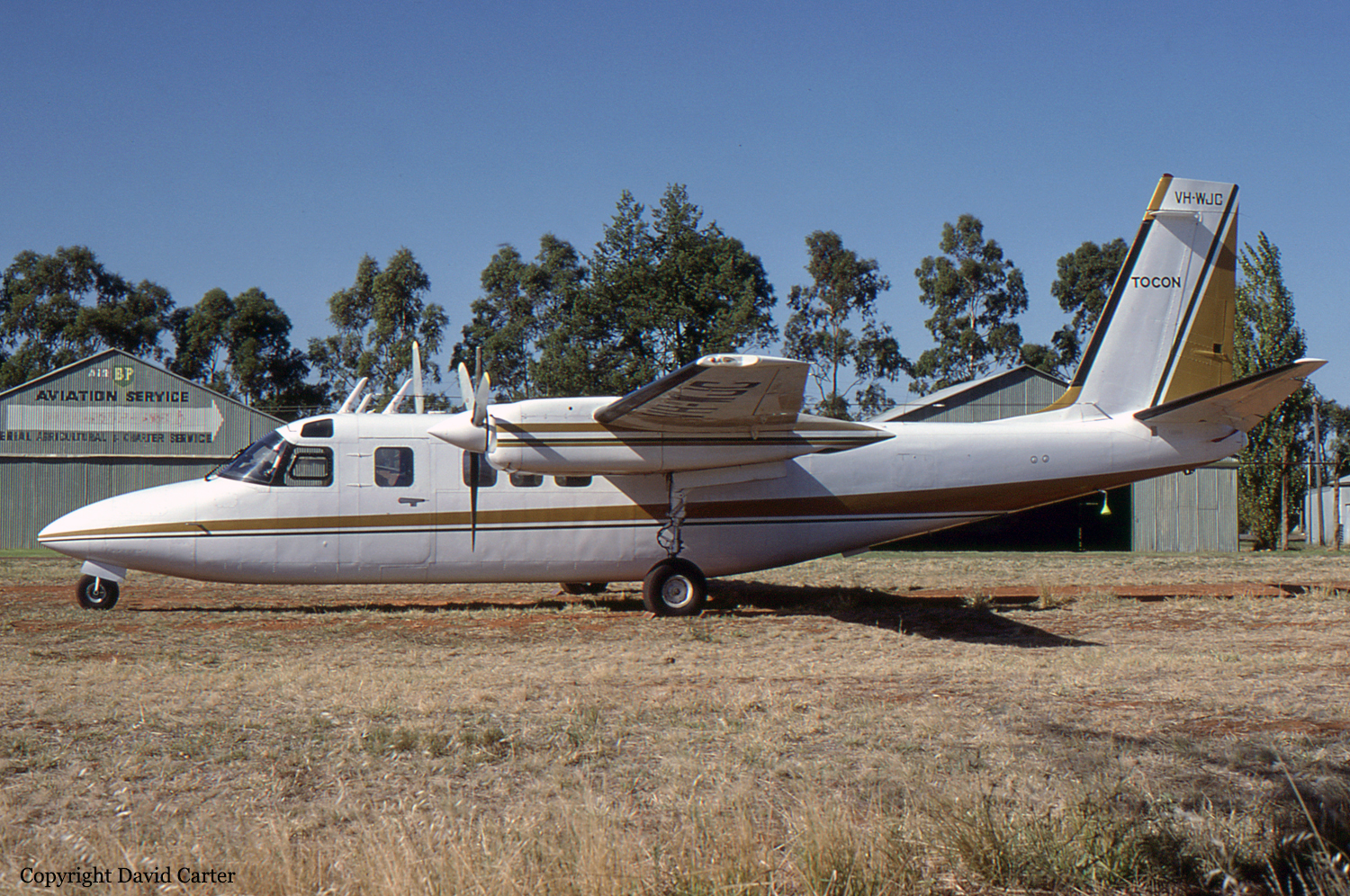Crash of a Rockwell Aero Commander 685 in Toluca: 2 killed
Date & Time:
Feb 11, 2005 at 2110 LT
Registration:
XB-PRS
Survivors:
Yes
Schedule:
Cancún – Toluca
MSN:
685-12050
YOM:
1973
Crew on board:
1
Crew fatalities:
Pax on board:
2
Pax fatalities:
Other fatalities:
Total fatalities:
2
Circumstances:
On February 12, 2005, at 2110 central standard time, a Twin Commander 685 twin-engine airplane, Mexican registration XB-PRS, was destroyed upon impact with the ground following a loss of control during approach near Toluca, State of Mexico, in the Republic of Mexico. The commercial pilot was seriously injured and the two passengers were fatally injured. Night visual meteorological conditions prevailed for the domestic business flight. The flight originated from Cancun, State of Quintana Roo, Mexico, approximately 1930, with the Toluca International Airport as its intended destination. According to local authorities, the 1973-model airplane, serial number 12050, destroyed one residence and damaged two others when it crashed in a residential area near the airport. There were no injuries to anyone on the ground.








